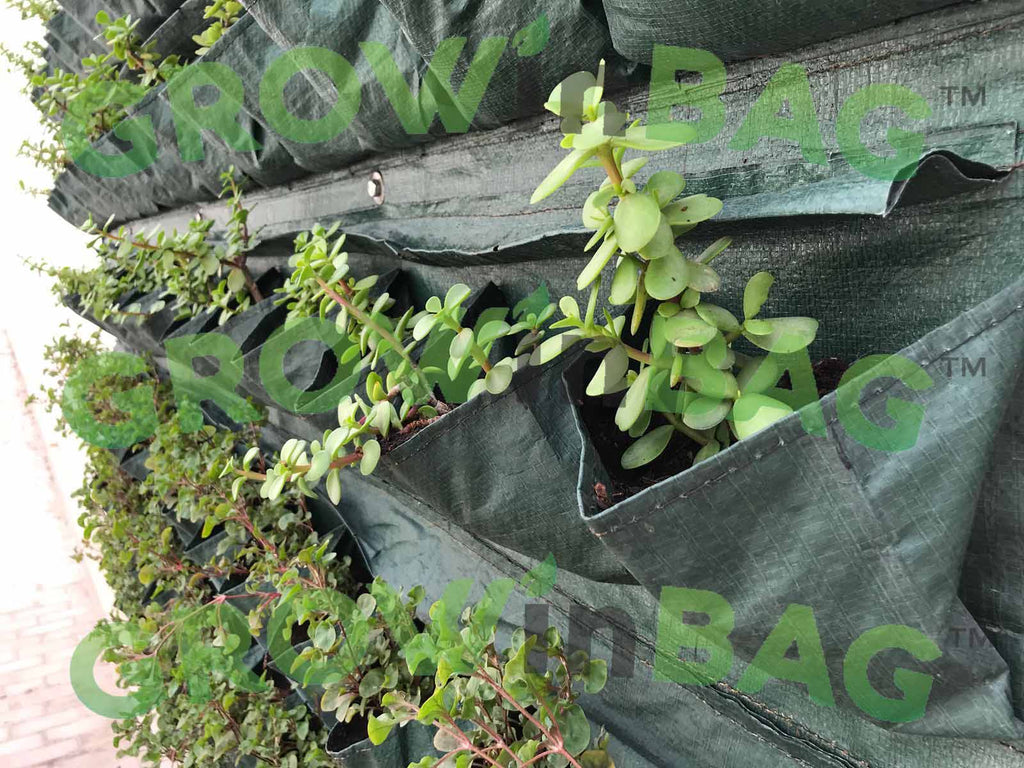Living in the city is no longer a compromise for enjoying all the benefits of farm fresh produce and herbs.
What is the first step in urban gardening?
Setting aside a designated area for your new garden is the first step. When you look at your area, remember that you can use all of the space that goes up the walls too. This will double or triple your growing space.Using hanging baskets and planters as well as wall gardens, you can easily plan to grow a wider variety of produce.
For those lucky enough to have access to a communal rooftop, the building association can set aside an area for raised bed gardening as well as container growing. This is an initiative that a few of the residents can bring up with the building association, as its benefits include a social network between residents, promoting the apartment complex as a “green” building, saving energy and reducing the carbon footprint.
If the rooftop is not an option, then, ANY size balcony can become a food garden. With the clever use of space saving containers from grow bags to stacking planters and vertical wall gardens, you can easily harvest fresh fruit, vegetables and herbs all year long.
What to grow in my area or garden zone?
What to grow and when to plant is the next step in your urban garden project. Check out the hardiness zones for the USA on:

https://planthardiness.ars.usda.gov/PHZMWeb/Default.aspx
You can enter your zip code and get information on what zone you are in.This is crucial, as many novice gardeners make the mistake of wanting to grow vegetables or flowers that are not adapted to their zone or the time of year they are planting thus becoming frustrated by their first attempts. You can start urban gardening anytime of the year. Once you know your zone, you can now start to choose from the many varieties that grow in your zone and in the season you are starting.
Most urban gardeners decide to start growing tomatoes first.There are hundreds of varieties of tomatoes from tiny cherry tomatoes to huge beefsteak tomatoes. Tomatoes are easy to grow from either seed or seedling (small plant) and can be put in containers outside two weeks after the last frost in your zone. Temperatures at night should not drop below 55 degrees Fahrenheit. It’s always a good idea to grow complimentary vegetables, fruits and herbs so that you can make the most of your produce garden.
Lettuce is easy to grow, loves sharing a container with tomatoes (as well as carrots, parsnips, garlic, chives, cucumbers and more). Lettuce and tomatoes have similar growing seasons and compliment each other in the kitchen.

Basil is an herb that will compliment your tomatoes in summer salads and pizza toppings. Herbs have the versatility of growing on kitchen sills as well as vertical wall gardens, or just sharing space with vegetables in a container or pot.
What container is best for an apartment balcony or rooftop garden?
Choosing your container will be the next step. With your space measured out, you will know how long and wide your containers will need to be to make the most of the space you have. You can plan on using the wall space to install vertical wall gardens for growing herbs and small vegetables. You can also choose to invest in hanging baskets or hanging planters to utilize the roof space of your area.
Check online or at your local garden center for products that are tailored for urban farming. Look out for containers that are easy to use, require minimal installation and are suitable for your growing area. If you have access to a water tap on your balcony, you can also invest in an automatic watering kit with a timer. If you don’t, then you will need to set a reminder on your phone or a note on your fridge to water your garden. Think of gardening as having a new pet. It will require daily attention at first. Once you start to reap the rewards of your daily visits, it will be second nature to check in on it and feel joy with every new sprout and harvest.
Knowing what you plan to grow will help you decide on the best containers. Large raised garden beds are ideal for a community, school or shared rooftop space. They are large enough to offer large quantities of produce to share. In smaller areas raised garden beds can be bulky and occupy too much balcony space. Compact containers such as grow bags, stackable pots and tiered containers are ideal and more versatile in function and movability for a small balcony. These containers can all be used for growing vegetables such as lettuce, spinach, kale, beets, carrots, parsnips, radishes, onions, asparagus, corn, cucumbers, eggplant, peas, sunflowers, potatoes, chilli peppers, celery, spring onions and beets.
Fruits that will grow easily in an urban gardens and balconies include blueberries, lemons, limes, melons, dwarf fruit trees such as peach and nectarine will all grow well in containers that allow adequate drainage.
Strawberries, blueberries, raspberries and cherry tomatoes thrive in hanging baskets and hanging planters.The added height also keeps the fruit off the ground and away from crawling pests.

Herbs love growing in containers and you can utilize the wall space in your balcony or the window sills for growing many different herbs like basil, thyme, oregano, rosemary, sage and dill.

An added benefit of growing your own herbs is adding an herbal tea garden. You can grow and enjoy hot or cold teas made from peppermint, lemongrass, lemon myrtle, verbena, bergamot (bee balm) and lemon balm.
What soil or potting mix is best for my food garden?
Now that you know where you will plant, you know what you want to grow and you have the right container for your project, you will need to buy a few materials. Most importantly will be the potting mix. A good quality potting mix will make a big difference in your food garden. For this reason, I recommend you invest in a good brand, after all you will be putting your money where your mouth is.
What basic garden tools are needed to start gardening?
Food gardens don’t require many tools, but here are the basic ones you will need. A good pair of gardening gloves. You should NEVER handle the potting mix with bare hands. Bacteria and fungi live in this organic matter and keeping them away from scrapes and scratches on your hands is crucial.
A hand trowel or hand shovel is essential and versatile. It can be used for scooping potting mix into smaller containers, it can help you dig holes for planting, and even helps with weeding your garden.
A watering can or water tap timer with watering hose is the last item that you will need to get started.
You are now ready to start planting your urban garden. We would love to share your project, send us your urban garden pictures on FB or IG.
Ask your questions or give us ideas for future blogs on info@growinbag.com




